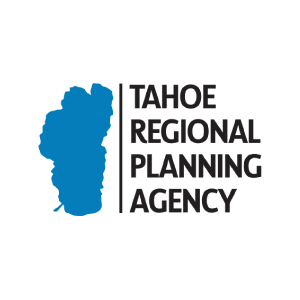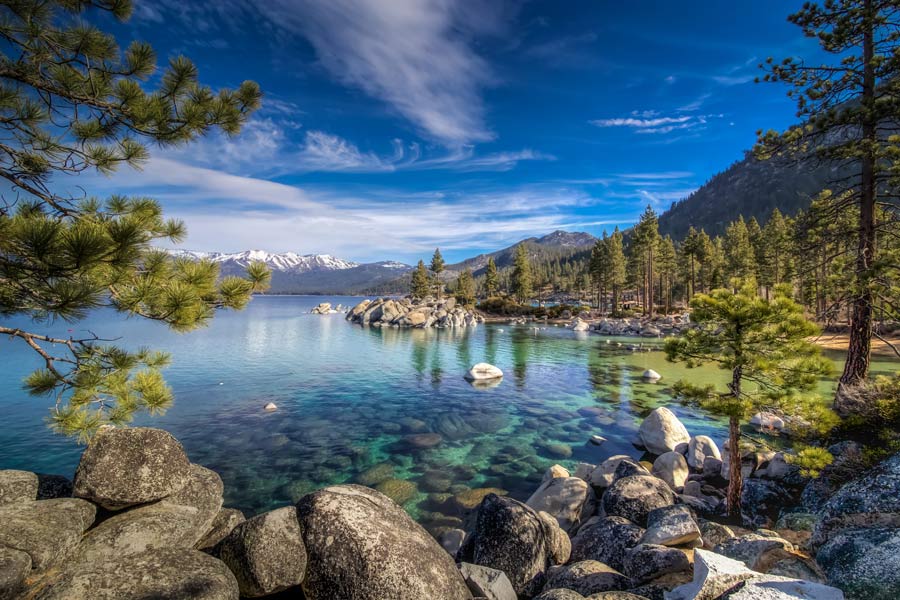Incline Middle awaits STEM school designation decision
INCLINE VILLAGE, Nev. – Incline Middle School will find out by the end of March if it is one of the new schools to receive Nevada STEM school designation this cycle after a visit from the governor’s team last week.
“We are evaluating 20 schools across the state this cycle,” said Tracey Howard, STEM Program Director, Governor’s Office of Science, Innovation and Technology. “We are limited to 15 schools annually to receive the (new) designation. We were pleased to see how IMS is leveraging the community to enhance student learning experiences!”
STEM stands for science, technology, engineering and mathematics.
Howard and her team met with Principal Dan Lediard. “We are trying to incorporate STEM into every classroom,” Lediard said.
Then Lediard took them on a tour of Incline Middle School. The school has 119 students and 17 teachers.
Lediard took the team to classes including robotics, math, art, English Language Arts, wellness, science and journalism/yearbook.
The team was looking at specifics in the Nevada Governor’s Designated STEM School Framework, which is the rubric used for scoring schools. It is divided into three categories, the school, the classroom and the community. It describes what each attribute might look like at an exploratory school, a developing school, an established school and a model school.
“Schools are evaluated on school-wide systems that support STEM, classroom instruction, and community collaboration,” Howard said.
Schools are scored.
- Model schools need at least 110 points
- Established schools need 70 to 109 points
- Developing schools need 35 to 69 points
- Exploratory schools receive 34 points or fewer and no designation
For additional information, go to https://osit.nv.gov/STEM/Gov_Designated_STEM_Schools/
The evaluation team includes leadership from area STEM schools, the regional STEM Network Advisory Committee, leadership from regional school districts or the Department of Education, and/or community/industry representatives.
According to Nevada STEM framework literature, exploratory schools have some STEM-related opportunities that are not available to all students.
- STEM and non-STEM content are not regularly integrated.
- STEM activities are available for some students with minimal independent student learning through inquiry.
- Limited administrator support exists for STEM collaboration and professional learning opportunities.
- Student learning is not consistently linked to STEM career opportunities.
- Opportunities to develop teamwork and critical thinking skills are infrequent.
- Some participation from families or STEM community partners exist.
- STEM activities, Science Fairs, after-school programs and clubs are examples.
Developing schools provide daily STEM-related experiences in specific classes or instructional settings, according to Nevada STEM framework.
- STEM content is regularly offered in addition to the regular curriculum and is only occasionally integrated, with limited independent student learning through inquiry.
- Some administrator support exists for STEM collaboration and professional learning.
- Teachers and students understand the importance of STEM to future careers.
- Students work to solve teacher-developed, real-world problems.
- Partnerships exist with STEM businesses and families, but may not be fully developed.
- STEM days, standalone, supplementary project-based activities are examples.
Nevada STEM framework describes established schools as providing daily STEM-related experiences for every student in many instructional settings.
- STEM practices and content are regularly integrated into daily instruction across most disciplines.
- Teachers facilitate independent student learning through inquiry.
- Significant administrative support exists for STEM collaboration and professional learning opportunities.
- Teachers regularly link student learning to future careers.
- Students work in groups to solve student or teacher-developed, real-world problems.
- The school’s STEM industry and family partners often support STEM-related classroom experiences.
- Year-long STEM projects integrated across multiple subjects and school-wide STEM focus are examples.
Model schools provide STEM-related experiences for every student and are integrated in all instructional settings throughout the day, according to Nevada STEM framework.
- STEM practices and content are completely integrated into daily instruction in all disciplines.
- Teachers facilitate collaborative, independent student learning via inquiry.
- Administrators fully and strongly support STEM collaboration and professional learning opportunities.
- Students identify pathways to their STEM career goals.
- Student teams design and evaluate solutions to hard, real-world problems.
- STEM industry and family partners collaborate on and participate in STEM-related experiences.
- A STEM academy with a fully integrated program across all curriculum for everyone is an example.
- A project-based school environment where students are immersed in STEM teaching and learning is an example.
- Faculty have expertise in STEM fields and bring a real-world perspective to the classroom is an example.
Incline High School is currently an established STEM school, and Incline Elementary School is a developing STEM school.
Incline Middle School has the potential to be a vertical STEM school. From the students’ experience, they would be learning STEM in elementary, middle and high school.
“I can’t wait to see your feedback … give us all the feedback you can,” Lediard said to Howard. “My fingers are crossed.”
In 2017, Nevada’s STEM School Designation program started to encourage high-level STEM in Nevada’s schools. The goal of the program is to prepare students to work in the state’s STEM jobs.
In May, the governor will invite leadership at newly designated STEM schools to a recognition event in Carson City.


Brenna O’Boyle enjoys covering Lake Tahoe entertainment. Her beat includes Incline Village, Kings Beach and Tahoe City. She loves to write travel pieces and report on food/alcohol-related events. Brenna is also a Reno Public Art Committee member who identifies, reviews, and recommends artists for public art opportunities.

Support Local Journalism

Support Local Journalism
Readers around the Lake Tahoe Basin and beyond make the Tahoe Tribune's work possible. Your financial contribution supports our efforts to deliver quality, locally relevant journalism.
Now more than ever, your support is critical to help us keep our community informed about the evolving coronavirus pandemic and the impact it is having locally. Every contribution, however large or small, will make a difference.
Your donation will help us continue to cover COVID-19 and our other vital local news.











